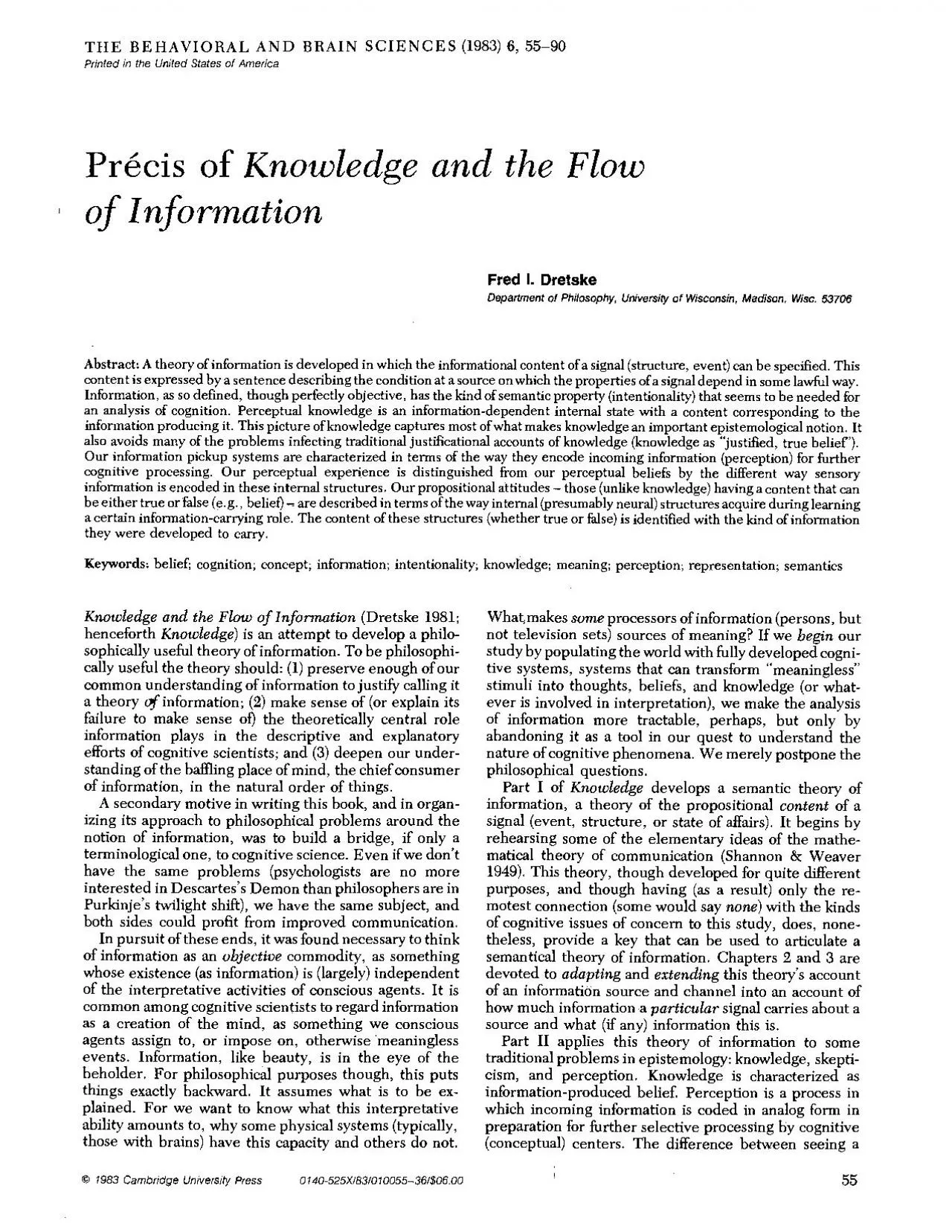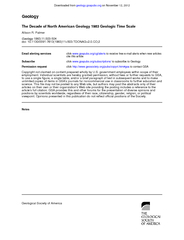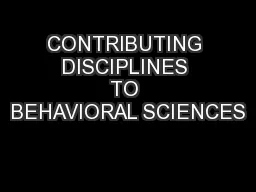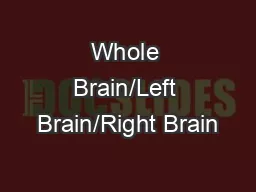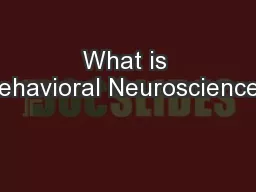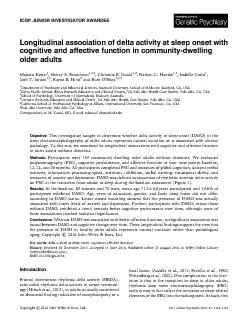PDF-THE BEHAVIORAL AND BRAIN SCIENCES 1983 6 5590Printedin the United Sta
Author : sophia | Published Date : 2021-09-23
Dretske Knowledge and the flow ofinformatIonduck and recognizing it as a duck seeing that it is a duckis to be found in the different way informationabout theduck
Presentation Embed Code
Download Presentation
Download Presentation The PPT/PDF document "THE BEHAVIORAL AND BRAIN SCIENCES 1983 6..." is the property of its rightful owner. Permission is granted to download and print the materials on this website for personal, non-commercial use only, and to display it on your personal computer provided you do not modify the materials and that you retain all copyright notices contained in the materials. By downloading content from our website, you accept the terms of this agreement.
THE BEHAVIORAL AND BRAIN SCIENCES 1983 6 5590Printedin the United Sta: Transcript
Download Rules Of Document
"THE BEHAVIORAL AND BRAIN SCIENCES 1983 6 5590Printedin the United Sta"The content belongs to its owner. You may download and print it for personal use, without modification, and keep all copyright notices. By downloading, you agree to these terms.
Related Documents

